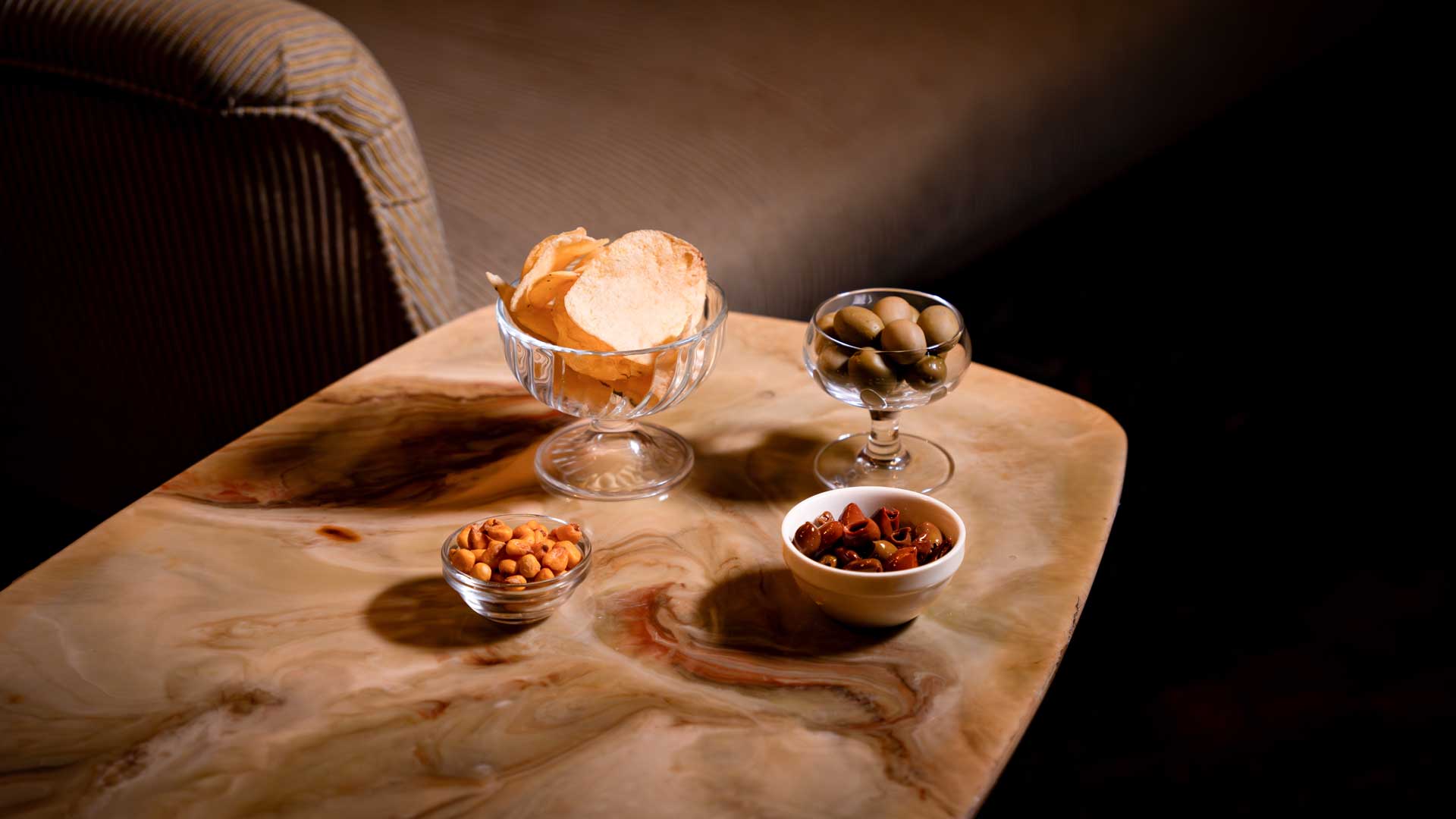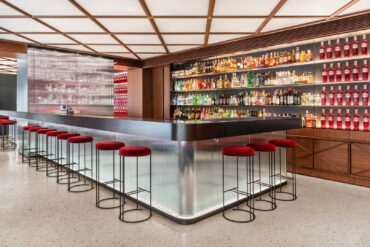Some hate it for its hybrid nature as neither dinner nor a snack. But the aperitif, or aperitivo, the kind served with tasty morsels, sums up the essence of being Italian. In ye olden days it consisted of hippocras (a mulled wine attributed to Hippocrates) accompanied by appetisers such as hams, dried fruit and bread. Thankfully those are bygone times, and we’ll skip the probably false story in which the ancient Romans made aperitifs with a proto-vermouth.
Eating Before Eating, the History of Aperitivo
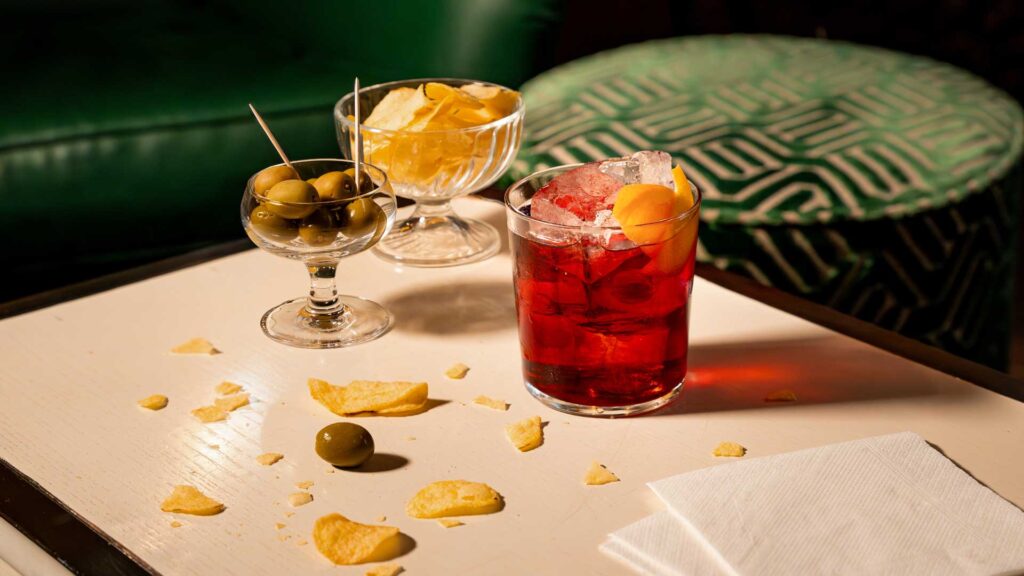
The aperitivo is the very Italian art of supreme eating before eating: that irresistible urge to fill the stomach before filling it for real. Indeed, the word aperitivo evokes far more than a simple moment that precedes dining in company. It is a social act, where not only drinking but also eating is a more than rightful part of the occasion. A-pe-ri-tìvo. The term’s etymology is rooted in the verb aperire, meaning “to open”, i.e. to open the stomach and prepare it for dinner. This literal sense isn’t wild fantasy, hence why the recommendation is to opt for cocktails containing vermouth or bitters, as the herbs in these Italian products stimulate the appetite, sending brain the irrepressible signal to put an olive in our mouth or finish a packet of chips.
History of Aperitivo, the Role of the Food
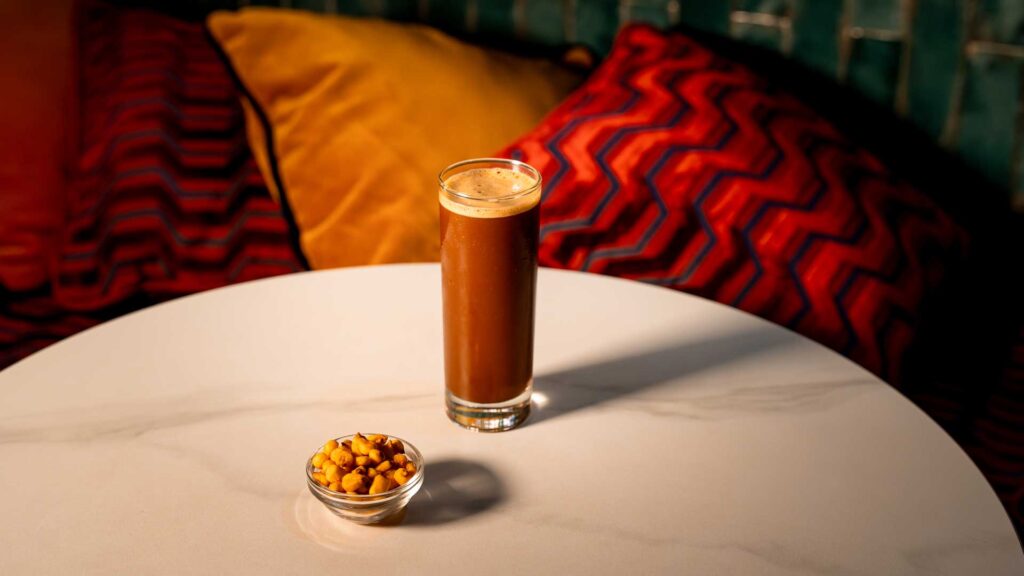
To see how food has evolved in the history of aperitivo, we don’t have to go back particularly far, certainly far less than 2,000 years. It was in 1786 when vermouth was invented in Turin. Aperitivi are a Piedmontese and Milanese affair, but it was in the former region that the rules of the Italian aperitivo were laid down: on the one hand, vermouth, neat or diluted with soda, delighted the upper social classes, who enjoyed it while nibbling pâtés accompanied by breadsticks (which had fallen into disuse and were rediscovered by the House of Savoy precisely for the aperitif) in anticipation of sumptuous banquets.
On the other is Piedmont’s merenda sinoira (literally “dinner snack”), a Sunday-based peasant tradition of eating what is essentially an appetizer-cum-supper made of cheeses, fresh cold cuts and omelettes accompanied by spiced wines. And while the peasants’ snack was a typically male affair, the vermouth aperitivo of the upper classes was usually only enjoyed by women, as it was inappropriate for them to drink on an empty stomach.
Turin Aperitivo VS Milan Aperitivo
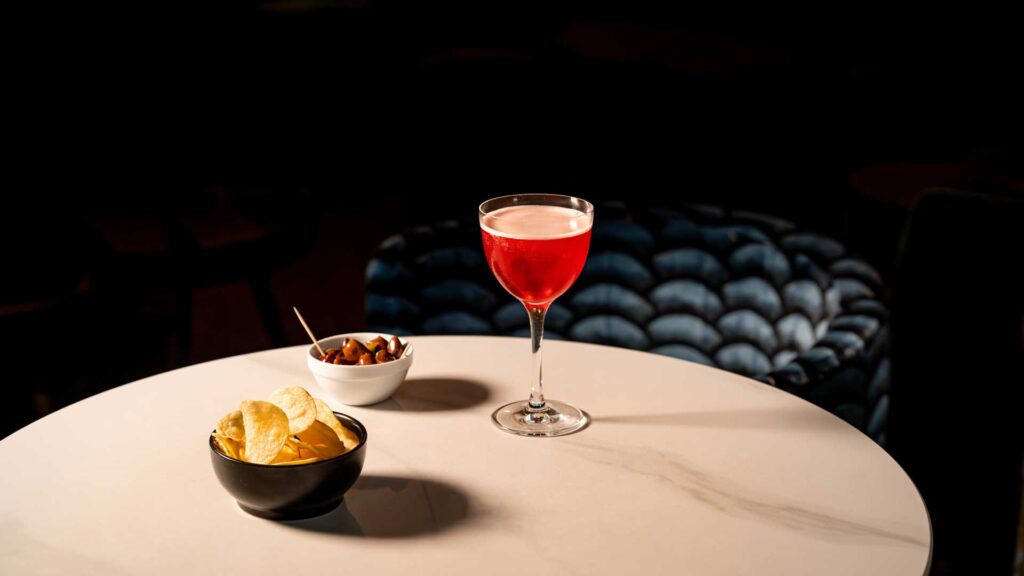
Almost exactly 100 years separate the invention of Turin’s aperitivo from Milan’s iteration, where businessmen and bourgeoisie stopped for bitters and seltzers after work, marking the birth of the aperitivo consumed at the counter with appetisers and savoury pastries. The venues were no longer stuffy café chantants, but bars and cafés that from then on – and even more so after World War II – served drinks and bitters galore, always and everywhere accompanied by a few crostini, boiled eggs and canapés in Turin, Venice and a little less in Rome.
In Milan, since the 1970s, some still do aperitifs this way: canapés with chicken salad, sauces, dips and more, accompanying a Milano-Torino cocktail in a Parisian bar atmosphere. Venice claims the honour and merit of entering the dolce vita with aperitivo dishes such as beef carpaccio, invented in 1963, while the city’s tapas-style cicchetti were already all the rage elsewhere. And from there we have to jump to the 1990s for the so-called Milanese happy hour: a custom that comes from British pubs aimed at selling more beers during after-work hours, which works well up north since they rarely eat dinner, and which in Italy is disavowed due to its hybrid non-dinner, non-aperitif aspect.
Despite being 240 years old, the aperitivo lives on through social revolutions, the advent of technology, and sharp changes in drinking habits, socialising and lifestyles, with its chips, olives and sometimes leftover sandwiches and démodé canapés. As a reminder of past and undying rituals, the aperitivo underscores how Italian it is to eat before eating.
The article first appeared on Coqtail – for fine drinkers. Order your copy here
Photo by Julie Couder x Coqtail, location Lacerba Milano – all rights reserved


